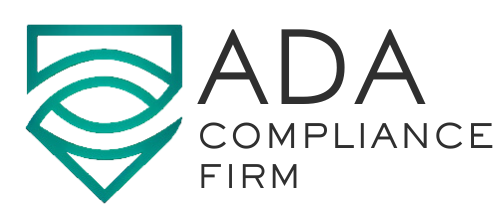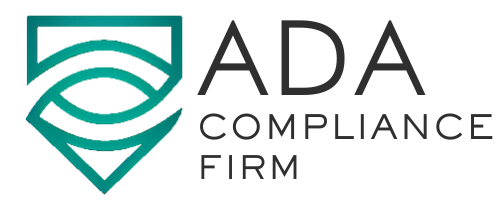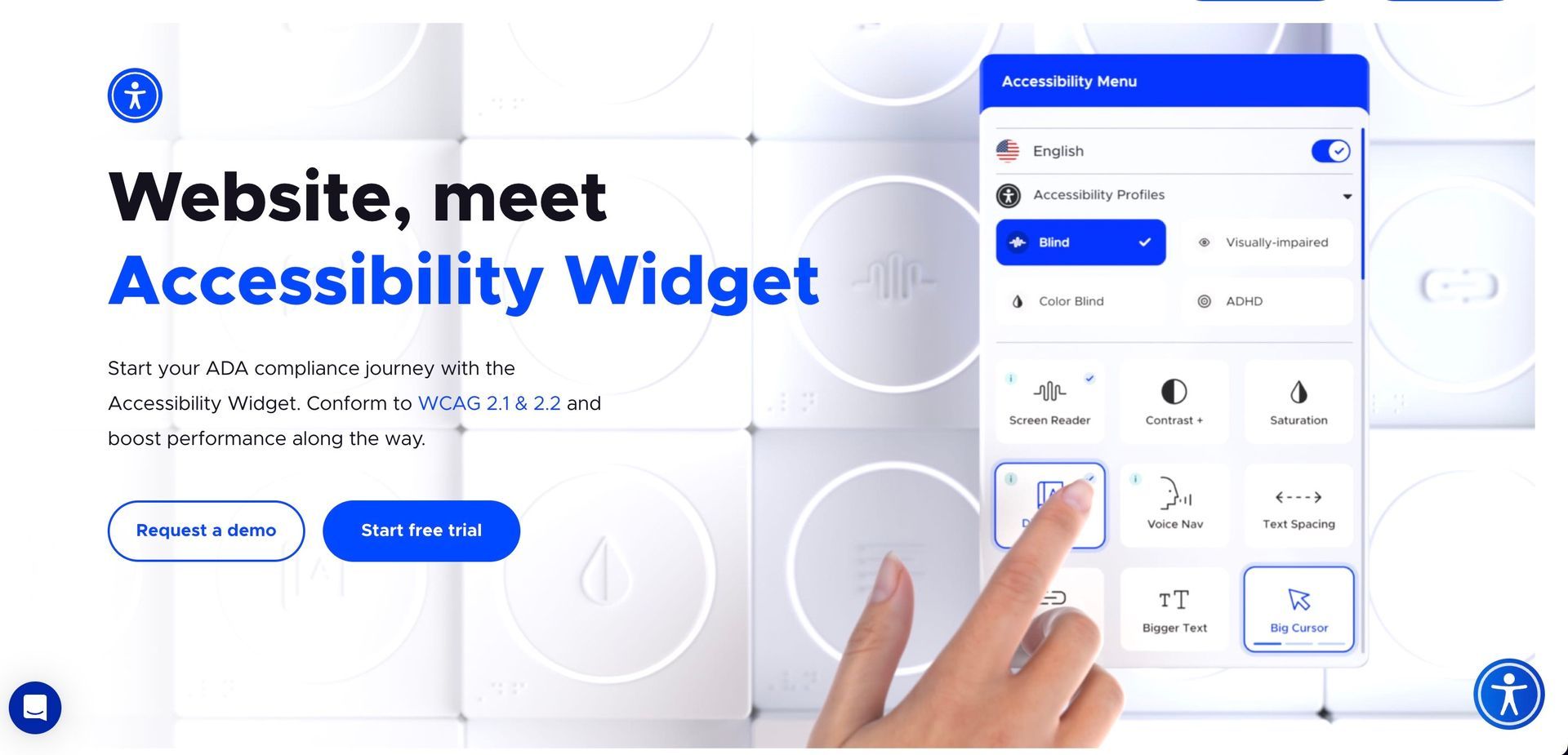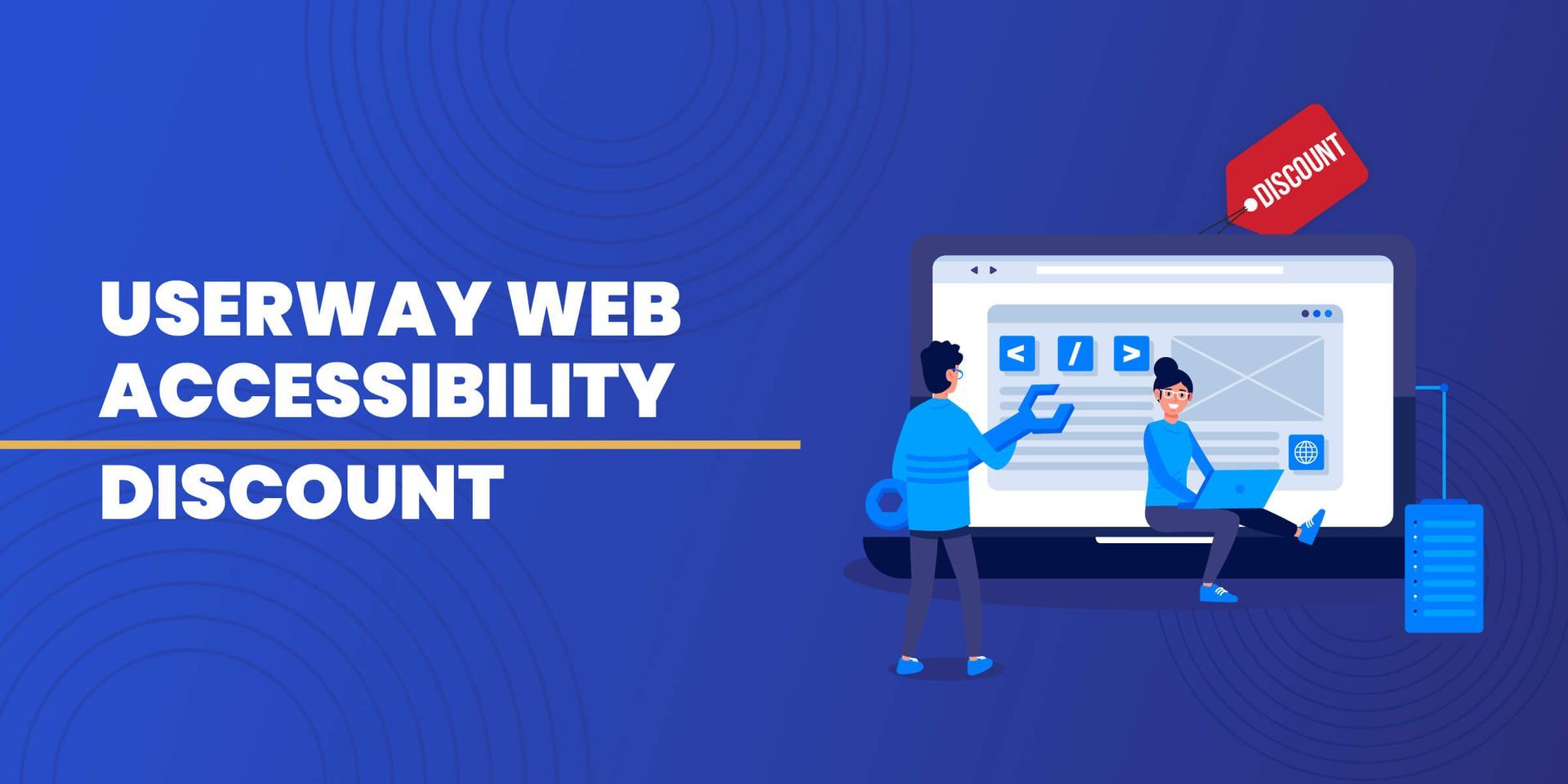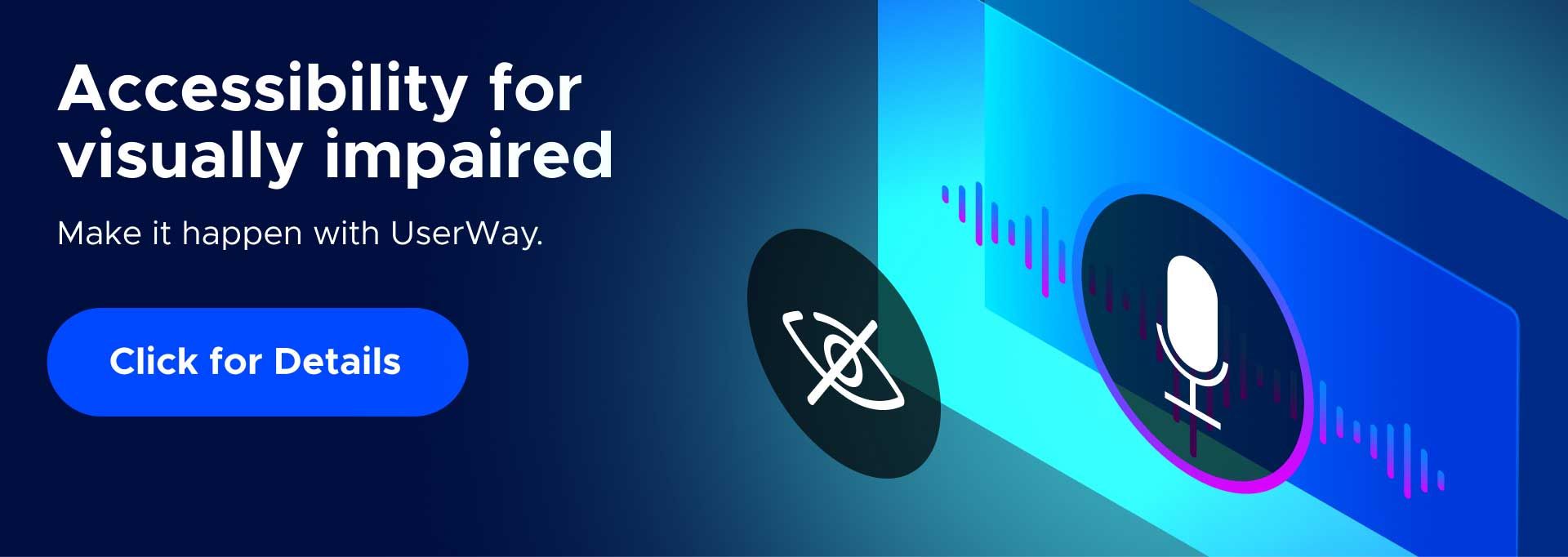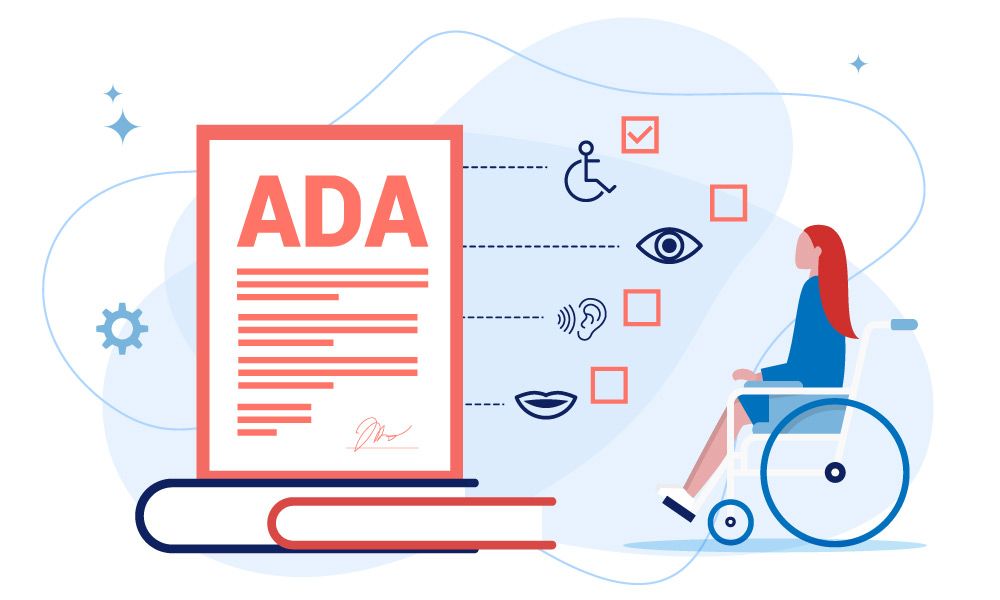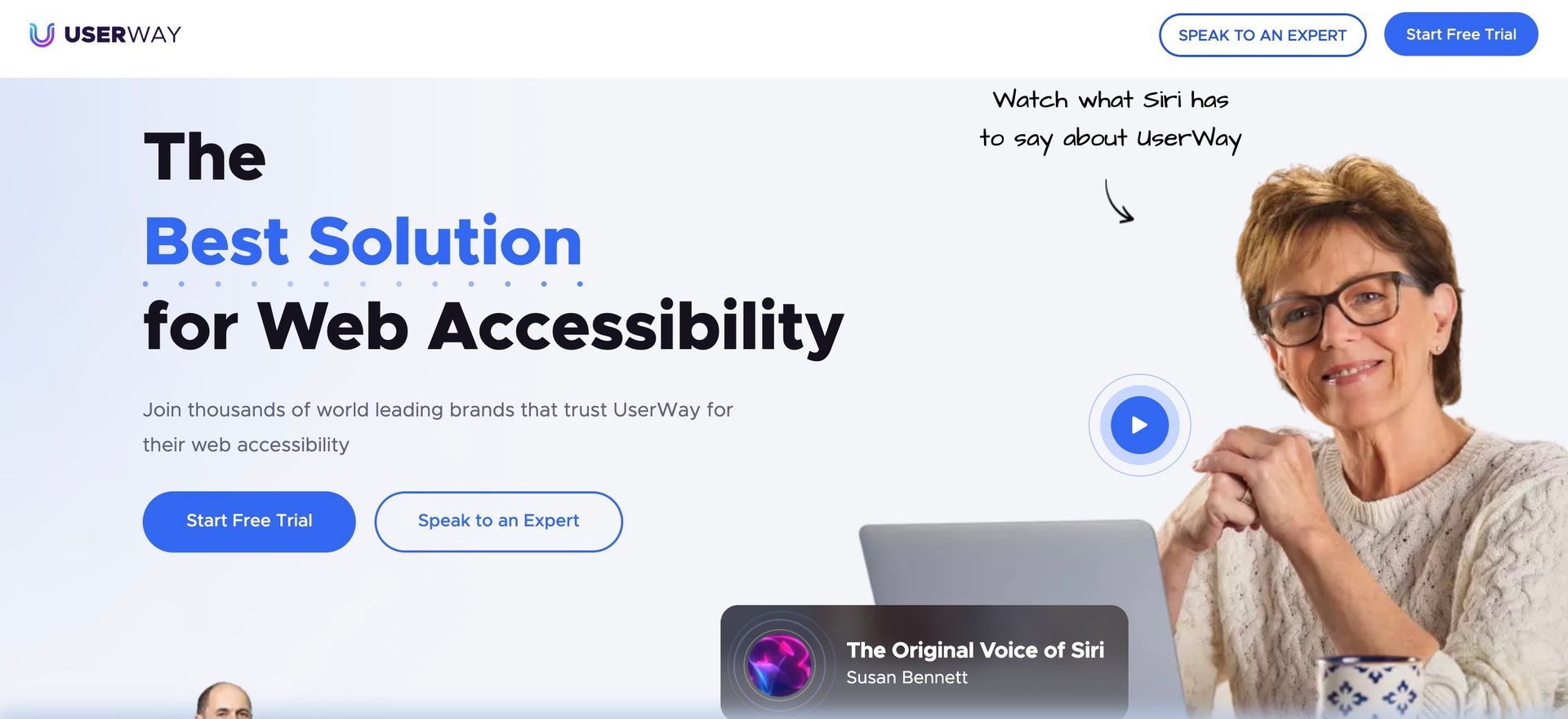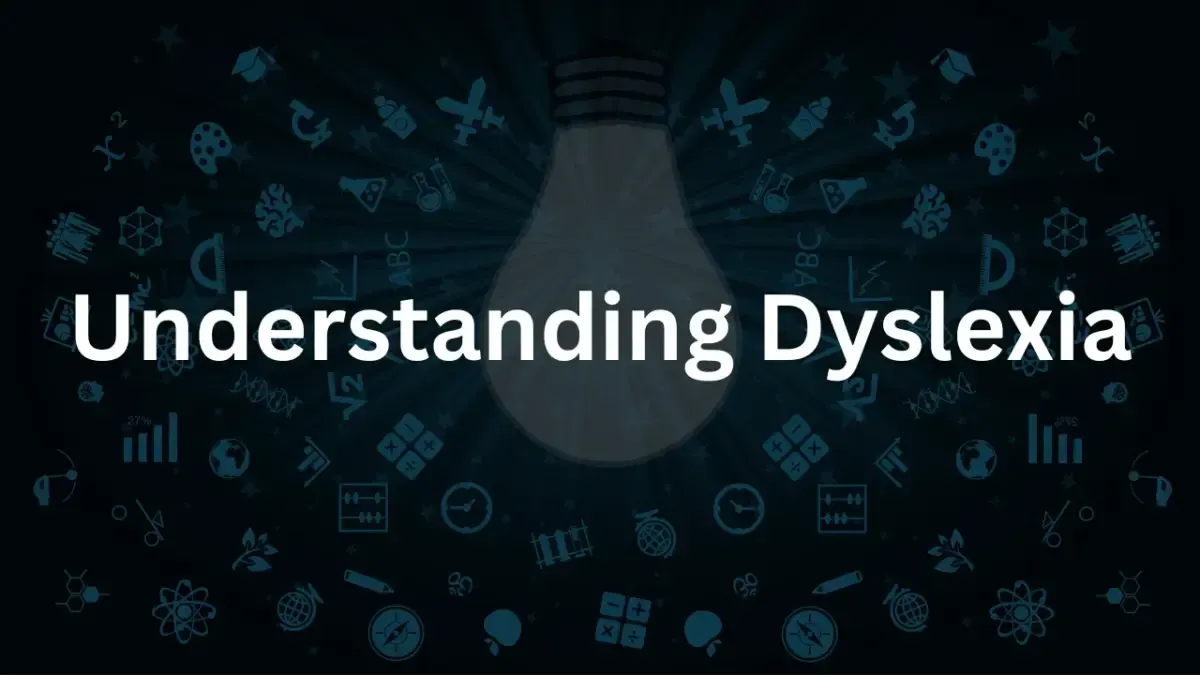Customized ADA Compliance Checklist for your Website
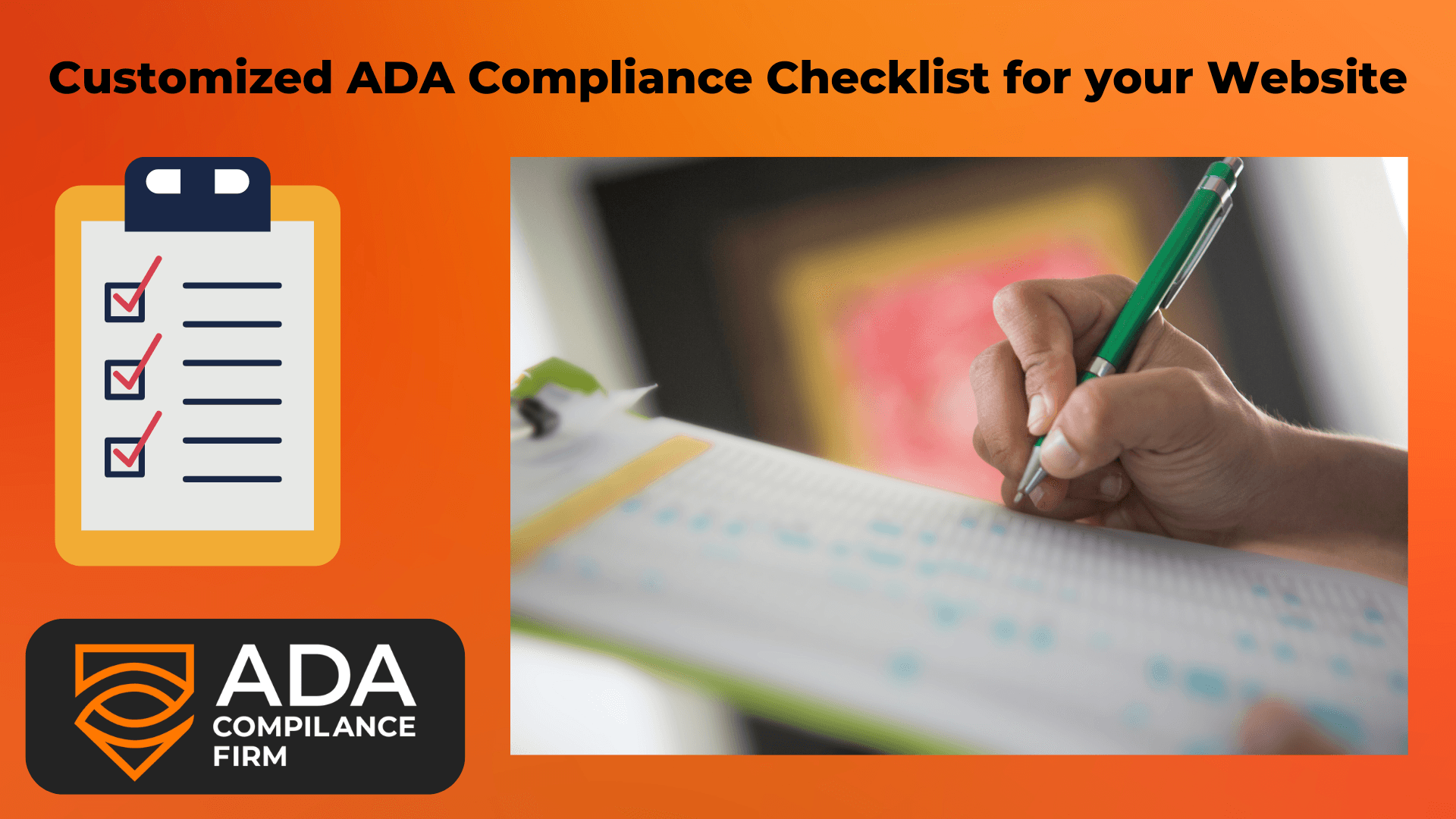
Introduction
As the world becomes more digital, it is important for websites to become more accessible. The ADA is a federal law that requires companies to provide goods and services to people with disabilities. It also includes guidelines for websites with accessibility requirements. By making your website accessible, you can avoid lawsuits and fines from both the Department of Justice (DOJ) and the Consumer Financial Protection Bureau (CFPB).
By the end of 2020, it is expected that new and updated websites will meet WCAG 2.1 AA requirements.
As of January 2020, it is expected that new and updated websites will meet WCAG 2.1 AA requirements. However, if you are an existing website owner and do not want to make changes to comply with WCAG 2.1 AA requirements, your site will be compliant with older versions of the guidelines (WCAG 2.0 AAA requirements or WCAG 1.0 Double A).
If you do not want to make any updates at all, but still want to maintain compliance with the new regulations, please note that there are several options available for maintaining your current level of accessibility:
- Use a validator tool like WAVE or Lighthouse
- Maintain an up-to-date list of techniques for each level on the W3C's Web Content Accessibility Guidelines checklist
- Hire ADA Compliance Firm to protect your website by clicking here
You may be wondering what ADA compliance is.
You may be wondering what ADA compliance is. The Americans with Disabilities Act (ADA) is a law passed in 1990 that makes it illegal for employers to discriminate against employees or job applicants who have disabilities. ADA compliance means that the site is accessible to people with disabilities.
For example, if your website does not work well on mobile devices, then someone who uses a screen reader program would have difficulty accessing it because they're unable to hear any speech output from their browser or phone's screen reader software (if they've enabled it). In this case, you'd need to make sure that your webpages are responsive and fit into the viewport of mobile devices so they don't overlap one another or take up too much space vertically or horizontally when viewed on smaller screens like tablets or smartphones.
You can learn more about ADA Compliance by reading our article here about why you need to be compliant.
How to become compliant online
Accessibility is a broad concept, but in the context of this guide, it refers to how accessible websites are for people with disabilities. Accessibility means that people with disabilities can use your website or app, navigate within it and understand the content they see on screen.
There are many kinds of disabilities: some examples include visual, auditory and motor impairments; cognitive disorders like dyslexia; physical disabilities such as amputations; sensory issues such as color blindness; speech disorders like stuttering or lisps; mental health conditions such as anxiety disorders or depression; aging issues like dementia or Alzheimer's disease.
When thinking about accessibility from a practical standpoint, it helps to think about three things:
- The user interface (how easy is it for someone to navigate around my site?)
- The content (are the words clear enough for everyone to understand?)
- The interactivity (can someone who might have dexterity problems be able to perform certain tasks?).
Many people with disabilities are not able to buy goods or services because the website does not include accessibility guidelines
The ADA requires that businesses provide goods and services to people with disabilities in the same way they are provided to others. That includes providing access to websites. Unfortunately, many people with disabilities are not able to buy goods or services because the website does not include accessibility guidelines.
The Department of Justice has sued companies for violating this law 8 times since 2016, most recently in January 2019 when it filed a lawsuit against Comcast for failing to make its website accessible for blind users. If you have been injured by an inaccessible website, contact us today!
Websites that are not accessible can result in a lawsuit.
You may be thinking, “I’m not a lawyer, I don’t know what I can get sued for!” But it might surprise you to learn that even small websites can be at risk. Websites that are not accessible can result in a lawsuit.
These lawsuits can be expensive and damaging to your reputation, brand and business. Let’s take a look at some of the common reasons why businesses are sued over their website accessibility.
Here is a checklist to help you make your site ADA compliant
In order to make your website ADA compliant, you’ll need to check off the following items:
- WCAG 2.1 AA
- Section 508
- CMS (content management system) and writing guidelines
- Accessibility testing, audit, and checklist
Here is a checklist to help you make your site ADA compliant
Get the checklist by clicking here!
When it comes to website accessibility, there are a lot of things to consider. If you have any questions about the ADA or how it affects your business, please sign up for our website report by clicking here.
Join our newsletter
Recent Blog Posts
